Description
ABOUT MILLETS
Millets are small-seeded grains that originated in Africa and are now widely grown as a staple grain throughout Africa, Asia, India, and the Middle East. There is evidence of millet cultivation in the Korean Peninsula between 3500 and 2000 BCE. Millets are mentioned in the Yajurveda, a very ancient religious book, which indicates that production and consumption of were an indigenous practice, especially in the Asian region (around 4500 BCE). Millets accounted for over 40% of all cultivated grains prior to the Green Revolution (contributing more than wheat and rice). However, after the revolution, rice cultivation has doubled and wheat production has tripled, making millets less valuable as source of food.
Inclusion of Millet is a great idea for a variety of reasons. Sorghum (jowar), pearl millet (bajra), finger millet (ragi), and other coarse staples like maize, barley, oats, and the like may not match the grain quality of rice and wheat, but they surely outperform them in terms of nutritional value. These are now commonly referred to as “nutri-cereals.” While many millet grains have similar protein content as wheat, they are higher in vitamins, including vitamin B, iron, phosphorus, and a variety of other minerals. Furthermore, these are gluten-free substitutes for finer cereals, making them alkaline rather than acidic. That is why coarse cereals have long been a popular staple diet in many regions of the country, particularly in rural areas.
We have been consuming millets in various forms for decades in India. In the form of millet rice, rotis, bhakris, mudde (dumplings), upmas, dosais, and idlis. In fact, barnyard millet, popularly known as “vrat ke chawal,” is one of our traditionally recognised foods during fasts.
TYPES OF MILLETS
| Finger Millet | Kezhvaragu, Nachani /mundua |
| Kodo Millet | Varagu, Koden/Kodra |
| Foxtail Millet | Thinai, Kangni/Rala |
| Little Millet | Samai, Kutki |
| Barnyard Millet | Kuthiravali, Jhangora |
| Pearl Millet | Kambu, Bajra |
| Sorghum | Cholam, Jowar |
ABOUT SORGHUM MILLET
In India, refined flour is extensively used in almost every household because we enjoy everything from pooris to kerala parottas, to sweets made using maida or refined flour like maida barfi, sweet maida biscuits, and many cookie varieties. Wheat flour that has been refined, bleached, and processed is known as maida, and it has been linked to a number of health problems, including weight gain and constipation. But we were unaware of the harmful effects of maida that gets accumulated in our bodies through our day-to-day foods. These days, awareness and knowledge about the ill effects of maida, or refined flour, and even refined sugar are growing, and people are looking for healthy alternatives. One such alternative is Sorghum Millet flour. Popularly known as Jowar in India, this gluten-free millet is recognised to have a significant role in cellular function and repair since it is high in protein, iron, and copper. The abundance of potassium and phosphorous helps control high blood pressure and lower cholesterol. Sorghum millet grains and flour should be a regular part of your diet because they are extremely high in fibre, which is the most crucial factor.
The gluten-free, whole-grain goodness of jowar has earned it the title “new quinoa” throughout the world. In English, it is known as sorghum. Jowar is a common grain used for consumption in India.
It is known by a variety of names in various states, including Cholam in Tamil Nadu and Jonna in Andhra Pradesh. Jowar is ground into flour, which is then used to make Rotis, Bhakri, Cheela, and Dosa.
Sorghum millet is gaining a lot of attention, but the popularity of this traditional crop has been overshadowed by that of wheat and rice. People have started to accept millet and include it in their diet.
HISTORY OF SORGHUM MILLET
Sorghum originated in central Africa and was domesticated in Ethiopia and Sudan circa 8000 BCE. Later, it spread to South and East Africa.
There is proof that sorghum was grown in Egypt in the seventh century BCE according to wall murals and archaeological excavations. It travelled along the Silk Road to the Middle East, India, and finally China in the second century BCE.
Sorghum was brought to the New World by the “great explorers” in the 16th century, but it is also believed that it was brought from Guinea to the American colonies in the 17th.
There are various different spellings of the word sorghum, which is derived from the Italian sorgum and the Latin suricum granum (Syrian grain). These serve as proof of its passage through space and time. In Africa, sorghum is referred to as “big millet,” in the Middle East and Asia as “Egyptian wheat,” and in Europe as “Indian millet.” The wide range of this cereal’s variants can be attributed to the various environmental circumstances in the nations where sorghum was cultivated.
COMPARISON BETWEEN RICE AND MILLETS
Rice is a staple food and is also used in numerous dishes like idli, dosa, and others. Most people prefer refined white rice to consume, but there are traditional rice varieties available that are unpolished. Rice is a good source of energy as it contains a higher amount of simple carbohydrates. These basic carbohydrates do, however, breakdown fast and raise blood sugar levels. As a result, eating more rice can lead to obesity.
Polished rice contains 28 percent carbohydrates but only 3 percent protein. Additionally, it is a rich source of numerous crucial micronutrients like iron, manganese, and vitamin B.
On the other hand, millets are a cereal grain that are mostly utilised for local consumption. It is high in dietary fibre, abundant in protein, and contains vitamins, potassium, phosphorus, iron, and magnesium—essential nutrients our bodies require. They therefore improve digestion and provide nutritional value that is comparable to that of fruits and vegetables.
Although rice remained the main basic diet, customers are now looking for better and more wholesome meal options. Because of this, millets have recently gained popularity. Because it contains far more protein and fibre than rice, millet is a healthier alternative.
Millets are the ideal choice for a healthy lifestyle. This is due to the fact that they are rich in beneficial minerals and vitamins.
HOW TO INCLUDE MILLETS IN YOUR DIET
You can gain greater health benefits and avoid bloating, constipation, and cramps by using jowar flour in baked items instead of wheat or refined flour.
Cooking chapatis with 50% whole wheat flour and adding millet flour, such as ragi flour or jowar flour, for the remaining portion of the dough is one of the simplest methods to include millets in your diet. It’s likely that after a few weeks you’ll become so accustomed to the super grain that you’ll wish to eventually convert to chapatis made exclusively of millets.
Breakfast is one of the important meals in a day that cannot be missed. So, we should always make it nutritious and complete. Idlis are one of the popular and liked foods for breakfast, which is made of rice, urad dal, and fenugreek seeds. Idlis made from rice satisfy your cravings, but did you know that idlis made from rice actually make you feel sluggish because they are high in carbohydrates? Try replacing the rice in your next batch of morning idlis with any one variety of millet instead of rice. And the good news is that you can use almost all the millet varieties to make idlis and meet the health requirements and also satisfy your taste buds too.
Millets are powerhouse of nutrients and are source of good calories and adding some veggies to millets can make them healthier and guilt free meal. So, trying various recipes that you try with rice can also be tried with millets like pulav and fired rice. The texture of millet after cooking is different from that of rice but the health benefits that millets offer definitely meets the health requirements.
A cake is everyone s favorite, and when it’s made of millet flour, it offers you many health benefits along with a tempting taste. Replace refined flour with millet flour and you can enjoy a guilt-free, delicious cake at home.
HOW TO COOK SORGHUM MILLET
Wash and rinse sorghum to remove any dirt particles. For one cup sorghum add 3 cups of water.
Soak for 6-8 hours. Soaking helps to shorten the cooking time also helps in better absorption of nutrients in the body.
Boil three cups of water and add the soaked sorghum and cook till its soft and tender. Drain the extra water and fluff it up with a fork.
For even cooking, you can cover the pan with a lid and stir continuously. If extra water is required, add it to the pan.
Serve with any curry or just season it and enjoy.
BENEFITS OF SORGHUM MILLET
- Sorghum flour, made from the grain, is a wonderful gluten-free alternative to wheat. The flour aids in weight loss and has a little sweet flavour and smooth texture. It is a fantastic source of protein as well.
- It aids in weight loss because to its high fibre content, which promotes regular bowel movements by eliminating toxins from the body.
- It reduces the rate at which blood sugar is absorbed, which helps limit overeating. It regulates the blood sugar in your body.
- It has a high concentration of antioxidants, which are known to combat inflammation, which is thought to be a major contributing factor to all metabolic illnesses.
- Due to many research and studies conducted on the effects of gluten on our health, many people are switching to a gluten free diet. In reality, digestive issues are frequently brought on by gluten, a protein that can be found in cereals like wheat or barley. Replacing wheat flour or refined flour with jowar flour in baked goods helps you to enjoy more health benefits and helps you to be free from bloating, constipation, and cramps.
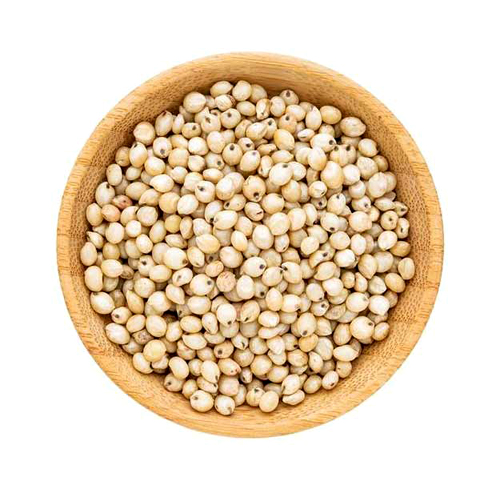
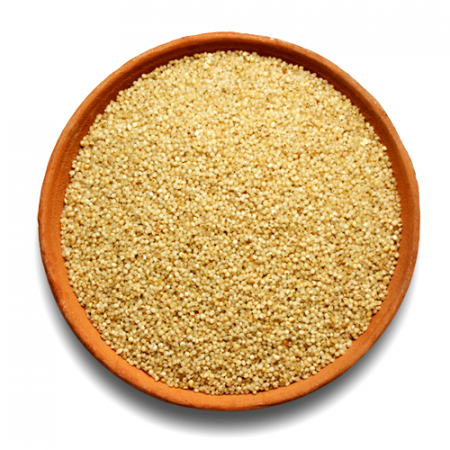
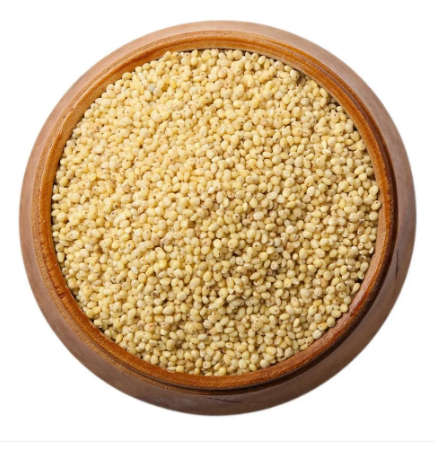

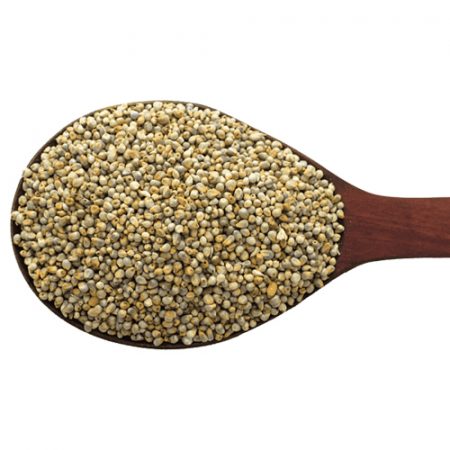
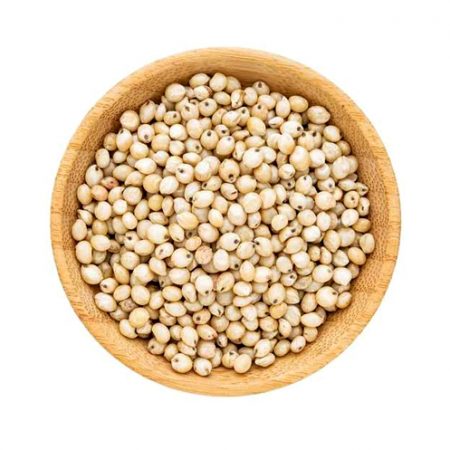
Reviews
There are no reviews yet.